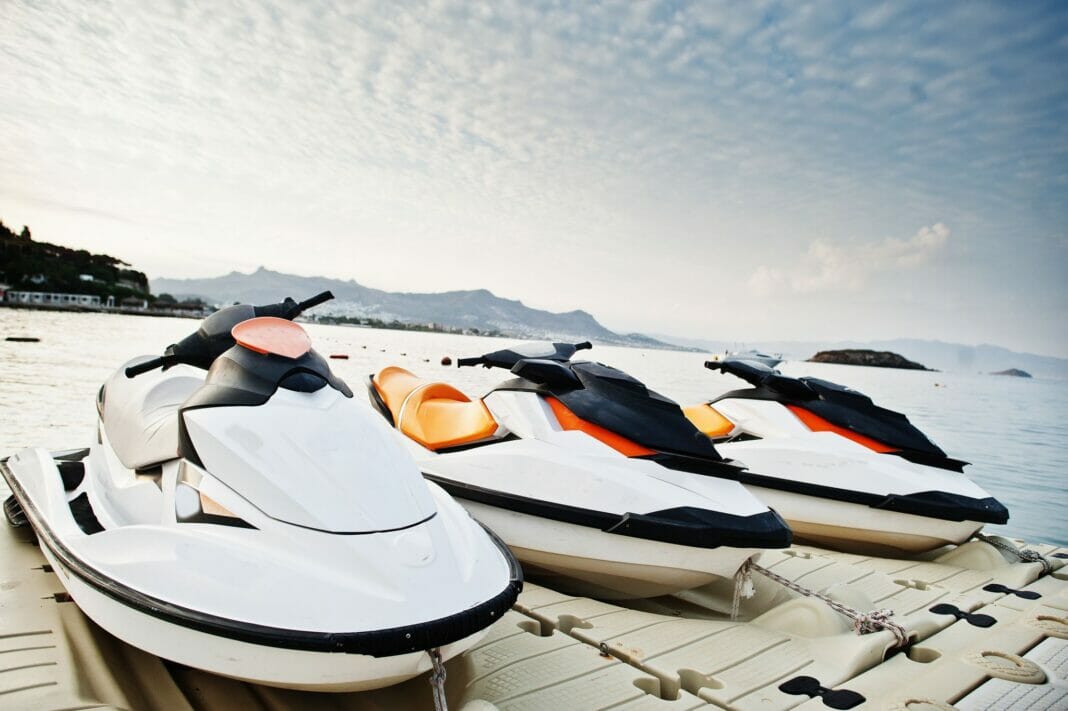Beginners’ Guide to Safely Dock Your Personal Watercraft
Docking a personal watercraft can be a tricky task, especially for novice boaters. Personal watercrafts are small, fast, and nimble, which makes them difficult to control at slow speeds. Additionally, controlling a watercraft can be challenging in high winds or strong currents. If not done correctly, docking can lead to accidents or damage to your watercraft. Therefore, it is essential to master docking techniques to maintain control and ensure a safe approach. This article will cover tips and techniques for novice boaters to successfully dock a personal watercraft.
Planning Your Approach
Planning your approach is critical in successfully docking your personal watercraft. Consider the following:
- Assess the conditions: Check the weather, especially wind direction and current. A strong current or heavy wind might require a slightly different approach to docking.
- Familiarize yourself with the docking area: Observe the configuration of other boats, buoys, and any obstructions so you can anticipate potential hazards.
- Adaquate docking space: Ensure your docking space is unoccupied and has enough clearance for your watercraft.
- Determine the distance and angle of your approach: Ideally, approach at a 45-degree angle, with your bow pointed towards the dock. This allows for easier maneuvering and corrections as needed.
Slow and Steady
When approaching a dock, it is essential to maintain a slow and controlled speed. The slow speed allows for better maneuverability and gives you extra time to adjust your course as needed. It is better to inch your way towards the dock than to come in too fast and risk colliding with the dock or other boats.
Turning Toward the Dock
As you approach the dock, gradually turn your watercraft towards the dock while still maintaining a slow speed. Keep the following tips in mind:
- Be mindful of momentum: Personal watercrafts are sensitive to throttle changes, so small adjustments may be needed to maintain control.
- Use small, smooth movements: Do not oversteer or make sudden changes in your throttle, as this can cause your watercraft to spin and lose control.
- Wind and currents: Remember to compensate for wind and currents, which may require additional adjustments to your throttle or steering.
Aligning Your Watercraft with the Dock
As your watercraft gets closer to the dock, begin to align your vessel parallel to the dock. This will require a combination of throttle adjustments and steering. Remember to be patient and make small, controlled movements to avoid overshooting the dock or making contact.
Securing Your Watercraft to the Dock
Once your watercraft is parallel to the dock and within a few feet, prepare to secure it to the dock with ropes or lines. Here are some tips for securing your boat:
- Turn off your engine: This minimizes the risk of injury or damage due to propeller movement.
- Have your ropes or lines accessible and ready to secure your watercraft.
- Attach ropes using proper nautical knots that are easy to release when it’s time to depart.
- If you have bumpers or fenders, ensure they are properly positioned to prevent damage to your watercraft while it is docked.
- Lastly, make sure your watercraft is secure by gently pulling on the ropes to confirm they are snug and in place.
Docking a personal watercraft requires practice and patience to master. By planning your approach, maintaining a slow and steady speed, turning gradually, aligning your vessel parallel to the dock, and securing your watercraft properly, you can ensure a safe docking experience. Take your time and practice in a controlled environment before attempting to dock in busier or more challenging conditions. With enough growth and experience, docking a personal watercraft will become an intuitive and enjoyable part of boating.


